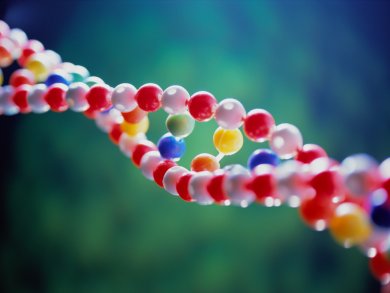Interactions of polyanionic DNA with counterions influence DNA stability and structure and play an important role in biological processes such as DNA recognition by proteins or small molecular ligands. These interactions are transient and weak in nature, which makes them difficult to study.
Radovan Fiala and co-workers, Masaryk University, Brno, Czech Republic, have developed a simple way to identify the binding sites between physiologically relevant counterions and DNA by using NMR spectroscopy. They measure the NMR cross-correlated relaxation rates between the aromatic carbon chemical shift anisotropy and the proton–carbon dipolar interaction as a function of increasing Na+, K+, and Mg2+ concentrations. The relationship between the cross-correlated relaxation rate and ion concentration depended on the type of interaction between the ion and DNA. This allowed identification of the binding sites.
The technique is extremely sensitive and can be used to detect very weak and transient interactions that are invisible to conventional NMR techniques.
- NMR Cross-Correlated Relaxation Rates Reveal Ion Coordination Sites in DNA
R. Fiala, N. Špačková, S. Foldynová-Trantírková, J. Šponer, V. Sklenář, L. Trantírek,
J. Am. Chem. Soc. 2011.
DOI: 10.1021/ja202397p




